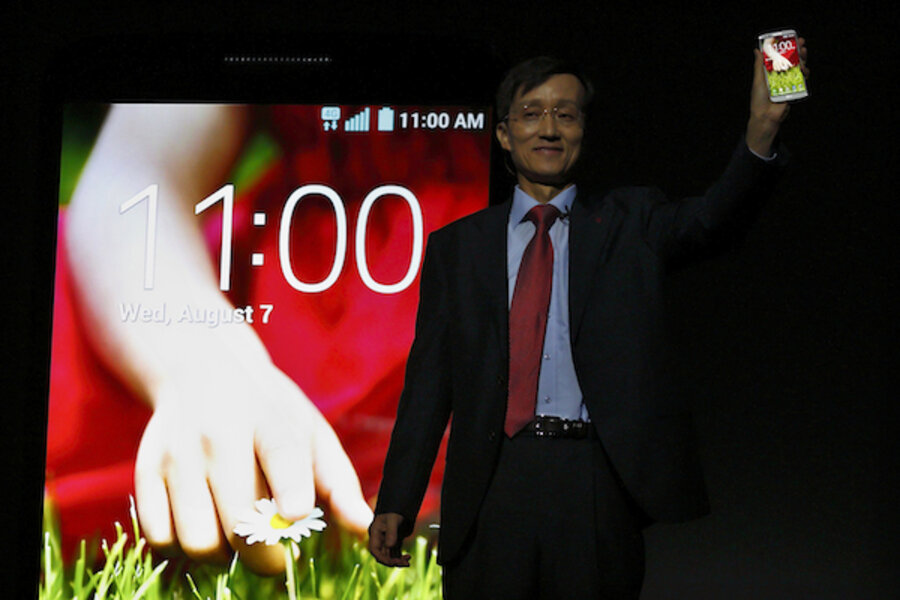LG designs flexible screens for curved smart phones
Loading...
The future is curved, according to LG.
The Korean mobile company announced it will mass-produce the first-ever curved OLED smart phone panels, with an accompanying hand set to come in 2014. This marks the first mass-market steps into a flexible screen industry that looks to be taking over the technology market in the next decade.
LG’s panel has a plastic (rather than glass) display that is bendable and unbreakable. Though mounted in a fixed screen – meaning you can’t bend it every which way, yet – it will be curved from top to bottom in order to better fit the contour of a person's face. Plus, weighing in at 0.015 pounds and with a 6-inch screen, it will be one of the lightest panels on the market and the largest OLED screen available. This is an important feature, as OLED picture quality is extra rich, and better appreciated on a larger screen device. In other words: the detail is going to be outstanding.
LG’s announcement comes on the heels of Samsung saying it will release a special-edition curved OLED screen Galaxy Note 3 sometime in October. LG and Samsung have been running a tight race in the curved OLED screen market, both releasing a curved OLED screen TV this past year, and Samsung showed off a prototype flexible screen smart phone in January. But if flexible-screen-market projections pan out, there is no doubt other companies will be quick to round out their own screens.
What kind of growth are we talking? Research company IHS Display Bank projects that flexible screen technology production will increase to 800 million units by 2020 as screens become more and more flexible. Right now, we’re in the first stage: displays made for thinness and durability, but unable to be manipulated outside of its mounted case. What’s ahead? Bendable screens, roll-able screens, and finally “disposable displays that cost so little that they can serve as a replacement for paper,” according to the IHS press release.
But don’t recycle all your paper yet: that tech is still a ways off. More likely we’ll see flexible screens next used for wearable technology, such as smart watches, with displays that wrap around wrists like snap bracelets.
At this point, the tech hasn’t found its way to the mass market due to production costs. Those curved OLED screen TVs that Samsung and LG released both retail for about $9,000. But with this LG announcement, mass-production of flexible screens (and the potential replacement of paper) may not be that far off.








